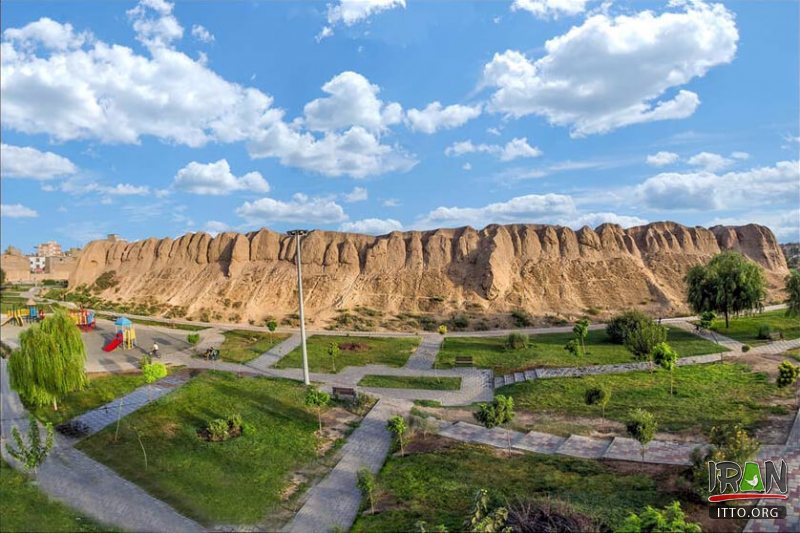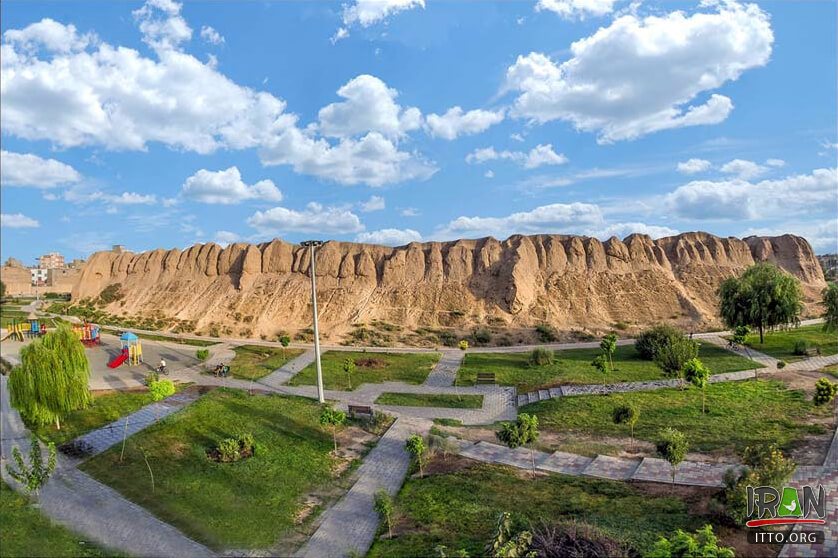The ruined Gabri fort, which is said to date from Sassanid era, will be turned into an outdoor museum, an official with the Cultural Heritage, Handicrafts and Tourism Organization said on Tuesday.
Gabri fort is one of the various castles and fortresses that can be found near gates of old city of Rey, now in southeast Tehran. Gabri stands in Varamin plain of Rey and others are located in Kasni, Deh Khiz, Tappeh Begam, Moqim Abad.
“The fortress, measuring about 3,000 square meters in area, was built in Sassanid era (224–651) and, at the present time, the towers of this castle have been destroyed for centuries by erosion, and only lengthy and tall clay ramparts have been left,” the report said.
The history of settlement in Rey dates from the 3rd millennium BC. It is featured in the Avesta (the original document of Zoroastrianism, an Iranian religion) as a sacred place, and it is also mentioned in the book of Tobit, of the biblical Apocrypha, and by classical authors.
According to Encyclopedia Britannica, Rey was one of the capital cities of the Parthian empire (3rd century BC–3rd century CE). It was captured by the Muslim Arabs in 641 CE. During the reign of the Muslim caliph al-Mahdi in the 8th century, the city grew in importance until it was rivaled in western Asia only by Damascus and Baghdad. Islamic writers described it as a city of extraordinary beauty, built largely of fired brick and brilliantly ornamented with blue faience (glazed earthenware). It continued to be an important city and was briefly a capital under the rule of the Seljuqs, but in the 12th century it was weakened by the fierce quarrels of rival religious sects. In 1220 the city was almost entirely destroyed by the Mongols, and its inhabitants were massacred. Most of the survivors of the massacre moved to nearby Tehran, and the deserted remnants of Rey soon fell into complete ruin.
Rey, however, retains enough history to give it a different sensibility, its key sight is the elaborately decorated Shah Abdol Azim Shrine. Beside the shrine complex is a lively bazaar, while further afield are a couple of minor historical attractions.



